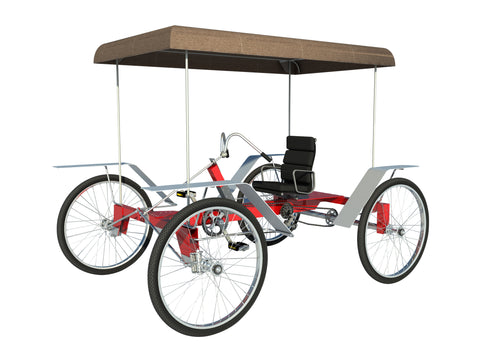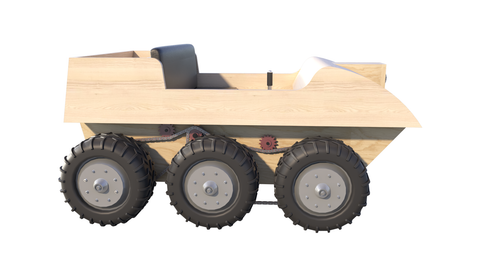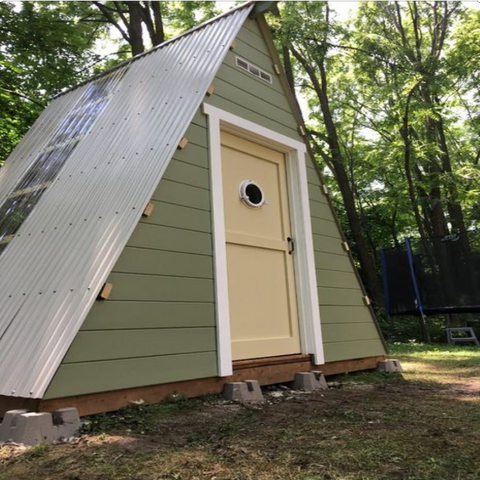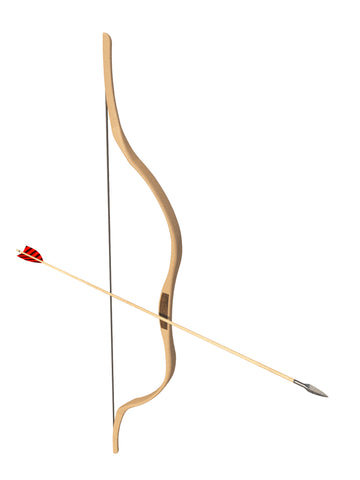Recurve Bow Building Plans DIY Handmade Longbow Making Plan Target Shooting Hunting.
Takedown Recurve Bow Plans, Longbow Making Plan.
These Recurve Bow Building Plans will show you how to make your own recurve bow for Target Shooting and Hunting
Advantages of a Recurve Archery Bow
One of the main shapes of a bow is a recurve. Its limbs curve away from the archer when it is unstrung, giving the arrow more speed and energy than a straight-limbed bow. There are many advantages to a recurve bow.
Compound vs recurve bows
Choosing between recurve and compound bows can be challenging, so it is important to understand how they work. These two types of bows have different features and draw weights. Compound bows are typically faster and shoot at a much higher rate of speed. They are often used in competitive shooting, as they have more cutting power and shoot flatter over a longer distance. But they're also more difficult to maintain, and they can be heavier than a recurve bow.
A compound bow requires more skill to shoot accurately, but is easier to learn than a recurve bow. Compound bows can also be easier to adjust to different shooting ranges and can shoot at a much greater distance than recurve bows. Furthermore, compound bows can be customized with various accessories, making them more versatile.
Draw weight
The draw weight of a recurve bow is an important aspect of the overall performance of the bow. It affects the flight of arrows and helps compensate for miscalculations in distance. In general, the heavier the bow is, the faster the arrow will fly. However, it is not always necessary to choose a heavier bow if you are shooting in competitions.
Recurve bows are made with different draw weights for different shooting distances. The ideal range is between 35 and 55 pounds. A beginner should aim for the lighter end of this range to begin with.
Brace height
The brace height of a recurve archery bow is an important factor when shooting an arrow. Having a longer brace height will prevent the arrow from being trapped between your hand and the bowstring, and will decrease vertical torque, which can be detrimental to accuracy. Additionally, a longer brace height decreases the chance of slapping the forearm with the bowstring, which can lead to painful arrow flight.
Once you've found the brace height that's right for your bow, you can adjust the string to get the right amount of tension. Most bowstrings have a standard length, but you can increase or decrease this by adjusting the string twists.
Wood used to make a recurve bow
There are a few different woods used in the construction of a recurve bow. Some of them are extremely strong and durable, while others are brittle and not suited for bowmaking. The type of wood you use depends on the purpose of the bow, but there are a few general qualities to look for.
First, you need to select a piece of wood that is free of defects. Make sure it is quarter-sawn and at least 90mm wide. The wood used to make a recurve bow is usually around 42mm thick, but a few millimetres should be added to account for movement. After determining the wood's thickness, trace a pattern of the bow you want to make on it. It is important to remember that the pattern should not include shoulders. After tracing the pattern on the wood, saw the pattern off.
Let-off
The let-off on a recurve archery bow is a significant factor in improving the quality of your shots. This feature adjusts depending on the length and weight of your draw. A higher let-off allows for longer full draws and better aiming, which improves accuracy. Let-off is also important for bowhunting, since archers often have to wait for their targets to move, or change positions for extended periods of time.
The let-off on a recurve or compound archery bow can greatly reduce the weight of the bow's draw halfway through the draw period. It can be as little as 20 percent or as much as 80 percent. A high let-off will allow you to hold a full draw for longer, but a low let-off will cause your shots to lag behind.
Draw length
Draw length is the distance that a bow needs to draw back to be drawn properly. A recurve bow's draw length is measured from the front most part of the grip to the angle of the string. Draw length is a critical element in recurve bow hunting, as too light or too heavy a draw length can lead to dry firing, which can damage the bow and be dangerous. While compound bows have a preset length, recurve bows and longbows do not have this restriction.
A recurve bow's draw length is important for proper power and accuracy. A stickbow with a draw length of 28 inches will pull approximately 55 pounds. In contrast, a bow with a draw length of 26 inches will only draw twenty pounds. If your draw length is less than twenty-eight inches, you should purchase a bow with a higher draw length. This will prevent you from stacking the bow and causing exponential weight gain.
All DIY plans are designed or reviewed by Ben Stone. Ben is a retired Engineer in Canada. Ben also drafts these himself using the latest AutoCAD software to ensure accuracy. He studied Engineering back in the early 1980's. After over 30 years in the Construction industry he developed a passion for building cool items around his farm and cabin. These are great DIY projects. With a little skill anybody can Do It Yourself. Ben is always a email away if you have any questions while building one of his projects. He is adding new plans all the time.








